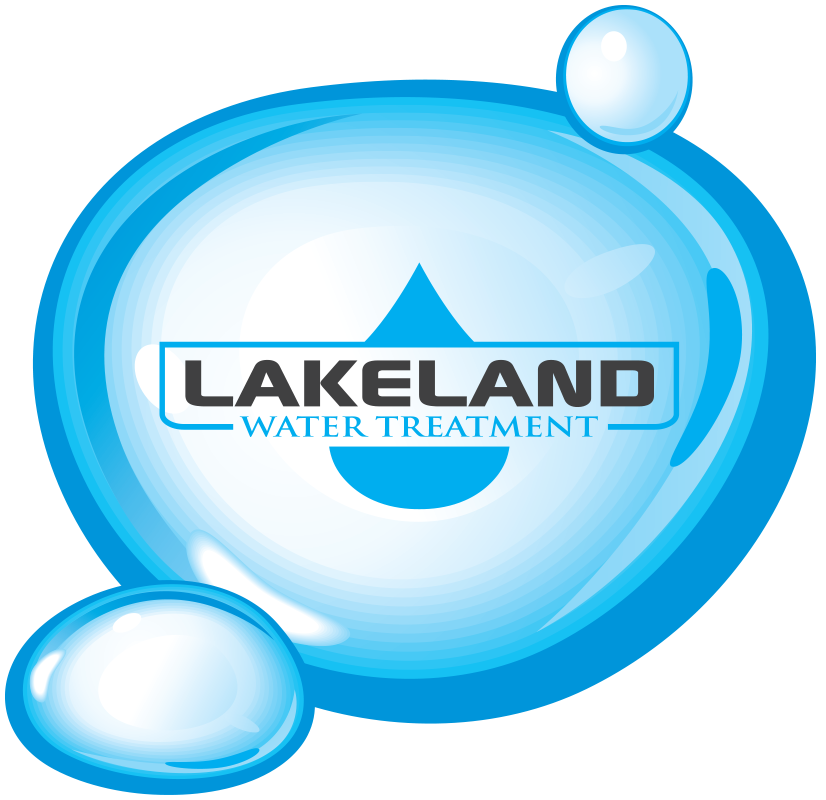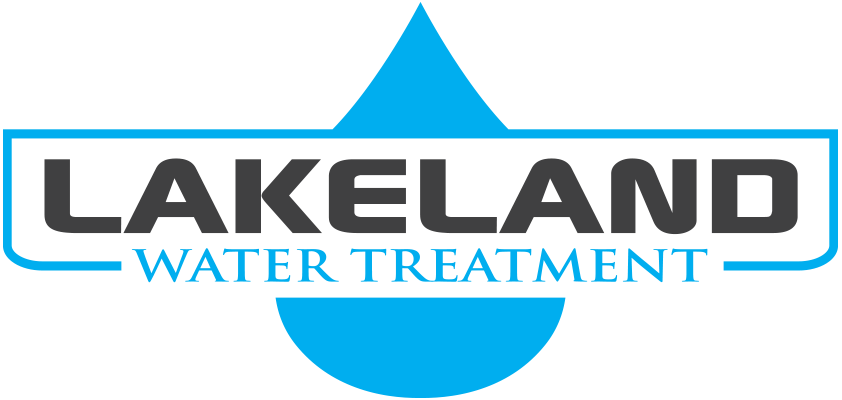Chlorine in Water
Chlorine is a disinfectant added to drinking water in order to reduce or eliminate contaminants like bacteria and viruses which can linger in the water supply. Adding chlorine to drinking water has greatly reduced the risk of waterborne diseases like cholera and typhoid fever. When used with modern water filtration methods, chlorine is effective against virtually all microorganisms.
To this day, chlorine remains the most commonly used drinking water disinfectant, having been used in the Canadian drinking water supply for more than 100 years.
That said once the water reaches your house the chlorine has done its job. It is safe to remove the chlorine and return the water to its original state.
How do I know if there’s too much chlorine in my drinking water?
Chlorinated water can sometimes taste and smell different from untreated water. Problems with the taste and smell of chlorine-treated water may arise depending upon the quality of the water and the amount of chlorine in it.
A few red flags you can watch for when it comes to your water’s chlorine levels include the following:
Water tastes or smells like the water in a swimming pool. If you notice that your water smells or tastes like the water in a pool you likely have a chlorine sensitivity.
You feel sick after drinking the water. Although it isn’t common, nausea, diarrhea, and vomiting are all side effects of ingesting too much chlorine.
Your skin is very irritated, dry, or itchy. If you notice a change in your skin, especially after a shower or bath, you may want to have the chlorine levels tested.
Solutions- Installing a whole house carbon filter would fix/prevent all of these issues.

